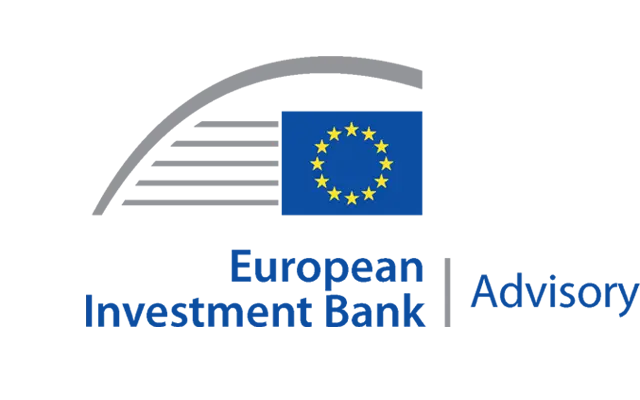Financial instruments' potential for promoting energy efficiency
Financial instruments using the European Structural and Investment Funds (ESIF) can support energy efficiency projects that are economically viable and provide positive environmental impacts. Information available through the fi-compass knowledge-sharing platform includes case study examples that highlight the potential of using ESIF financial instruments to support energy-efficiency schemes.
An example is the London Green Fund, which is investing in London’s transition to a low carbon economy via a fund of funds that includes three urban development funds focused on energy efficiency, waste management and ‘greener’ social housing. This London Energy Efficiency Fund (LEEF) was launched in October 2011 using co-finance from the European Regional Development Fund (ERDF). It has been managed by Amber Infrastructure and combined ERDF with public and private funds to provide loans and equity. These invest in projects ranging from the city’s first plastics recycling plant to energy efficiency upgrades for public buildings in London.
Contents in the fi-compass London Green Fund case study describe some of the issues that can arise when establishing a financial instrument in a new sector under changing market conditions. Adjustments were made to the London fund’s investment strategy in response to various challenges and opportunities. These included, for example: getting complex green infrastructure projects (e.g. decentralised energy, i.e. local generation of electricity) off the ground; identifying where the market failures occur (with changing public sector borrowing rates); and leveraging of loans from the European Investment Bank for social housing.
Further information about lessons learned from the London Green Fund was discussed during the fi-compass UK seminar earlier this year in a presentation by the Greater London Authority. The presentation also notes the funds’ intended impact in terms of employment, waste minimisation, emission reductions and energy savings.
Speaking to the UK’s clean energy news, LEEF director Leo Bedford said: “Since 2011, we have seen a huge rise in demand from public and private sector landlords in London to make the residential and commercial real estate they own and manage more energy efficient. Amber has worked with a number of public and private sector partners across the Capital to achieve a 30% average reduction in energy consumption across LEEF’s portfolio, dramatically reducing the cost and carbon output in some of London’s most iconic real estate.”
Other Member States have useful experience from using financial instruments for the purpose of promoting energy efficiency. The fi-compass case study from Estonia’s Renovation Loan scheme offers good demonstration value as an option for improving energy efficiency by investments in upgrading of apartment buildings. A combination of loans, technical assistance and grants was used here to renovate some 619 buildings containing over 22 000 homes.
Loans provided by the Estonian ERDF instrument could cover 85% of renovation costs and be combined with rebate-type grants that were based on the energy efficiency achieved. In addition, associations of apartment owners received assistance during the administration and implementation process of their energy efficiency renovations.
The Estonian Renovation Loan scheme is a useful example of the leverage that can be obtained from ESIF instruments. EUR 17.7 million from the ERDF was pooled with nearly EUR 49 million from national public co-financing (of which EUR 28.8 million came from a Council of Europe Development Bank loan). In addition, EUR 4.2 million came from the fund manager KredEx and EUR 16 million from a loan by the Estonian state. So the initial EUR 17.7 million from ERDF became a loan scheme of EUR 72 million.
Search the fi-compass website for other useful examples of how the ESIF can be used to promote both environmental and socio-economic benefits.

